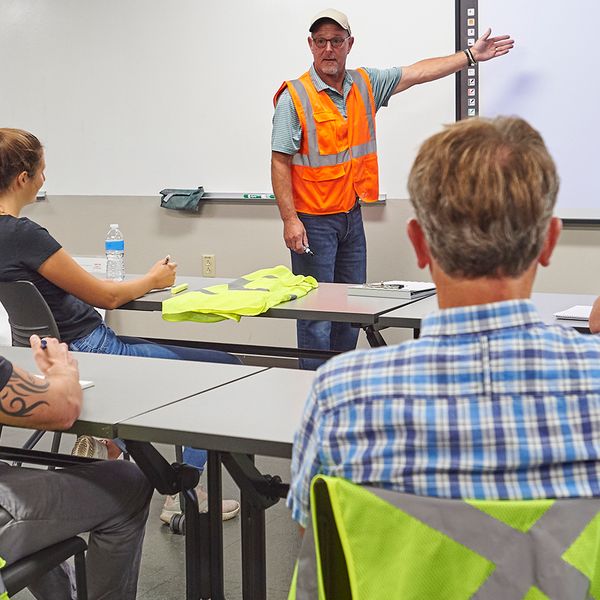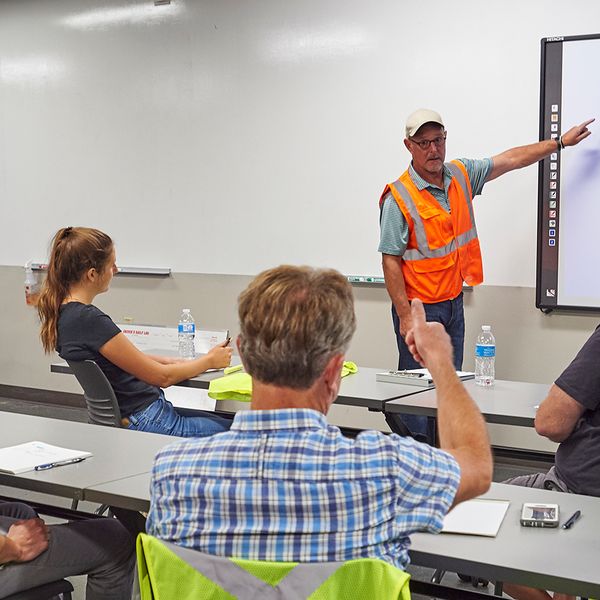Safety training: Who needs it?
“We’re a manufacturing company, and we also have office workers. What safety training do my workers need?” I wish I could tell you that OSHA breaks down training by industry or NAICS code, but unfortunately, it’s not that simple. There’s no “one-size-fits-all” OSHA regulation or requirement when it comes to training.
Many OSHA standards include explicit safety and health training requirements. Some require “training” or “instruction,” others require “adequate” or “effective” training or instruction, and still others require training “in a manner” or “in language” that’s understandable to employees. Regardless of the precise regulatory language, these requirements reflect OSHA’s belief that training is an essential part of every employer’s safety and health program.
Where to look
The first place to look for training requirements is in the federal OSHA standards. More than 70 of OSHA’s general industry regulations, at 29 CFR 1910, contain training requirements. While this may sound overwhelming, it’s likely that not all of them apply to your workplace. If the regulation doesn’t apply to work your employees are performing, you don’t need to train on that topic. For example, 1910.110 requires training for employees who handle liquid petroleum (LP) gases; if this doesn’t apply to any of your employees, you don’t need to provide training on that topic. Employers should refer to the actual regulation for clarification and further guidance.
| For a quick reference, see our table of required general industry OSHA training. |
What about State-plan states?
In addition to the federal OSHA standards, which you must comply with, many states and territories have been approved by OSHA to operate their own safety and health programs. These State-plan states must have standards that are at least as effective as federal OSHA’s, and they may have additional requirements that could involve employee training. Many of these states adopt federal OSHA rules as is, but this isn’t always the case. In any case, it’s a good idea to check your state requirements.
| Are you in a State-plan state? See our ezExplanation: OSHA approved state plans. |
Training documentation
It’s a best practice to keep a record of employee training, although not all regulations require it. Generally, training documentation requires the employer and trainers to sign a certification record which includes the identity of the person(s) trained. If a standard does not specify documentation requirements, common industry practice is to take attendance of all employees who attended the training session; however, OSHA does not require signatures from employees who have attended training sessions.
Documentation can ensure your training program stays organized, and it also supplies an answer to one of the first questions an OSHA compliance officer will ask: “Did the employee(s) receive adequate training to do the job?”
Key to remember: More than 70 of OSHA’s general industry regulations contain training requirements. However, if the regulation doesn’t apply to work your employees are performing, you aren’t required to train on that topic.




















































